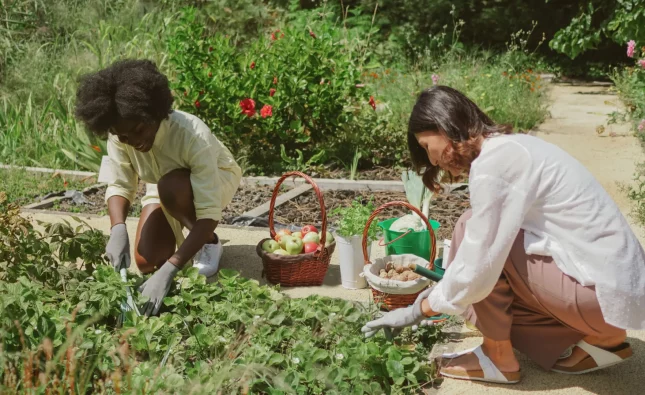
Introduction:
Growing your own vegetables is a rewarding and fulfilling experience. Not only does it provide you with fresh and nutritious produce, but it also allows you to connect with nature and gain a deeper understanding of where your food comes from. Whether you have a spacious backyard or a small balcony, this guide will take you through the essential steps of growing your own vegetables, from seed to harvest.
1. Planning and Preparation:
Before you start planting, it’s important to plan and prepare your vegetable garden. Consider the available space, sunlight exposure, and soil quality. Choose vegetables that are suitable for your climate and the amount of space you have. Sketch out a garden layout and decide on the types of vegetables you want to grow.
2. Seed Selection and Starting:
Selecting high-quality seeds is crucial for a successful vegetable garden. Look for reputable seed suppliers or consider saving seeds from your favorite vegetables. Start seeds indoors or directly sow them in the garden, depending on the vegetable’s requirements. Follow the instructions on the seed packet for proper planting depth and spacing.
3. Soil Preparation:
Healthy soil is the foundation for a thriving vegetable garden. Test your soil’s pH level and amend it accordingly. Remove any weeds or debris and loosen the soil with a garden fork or tiller. Add organic matter, such as compost or well-rotted manure, to improve soil fertility and structure.
4. Planting and Transplanting:
When the weather and soil conditions are suitable, it’s time to plant your vegetable seedlings or transplant them from indoor containers. Dig holes or create furrows according to the recommended spacing for each vegetable. Gently remove the seedlings from their containers, being careful not to damage the roots, and place them in the prepared holes. Water thoroughly after planting.
5. Watering and Fertilizing:
Proper watering is essential for the growth and development of your vegetable plants. Water deeply and consistently, ensuring that the soil is evenly moist but not waterlogged. Use mulch to retain moisture and suppress weed growth. Fertilize your plants regularly with organic or slow-release fertilizers to provide them with essential nutrients.
6. Pest and Disease Management:
Protecting your vegetable garden from pests and diseases is crucial to ensure a bountiful harvest. Monitor your plants regularly for signs of damage or infestation. Use natural pest control methods, such as handpicking insects or using insecticidal soaps. Practice crop rotation and companion planting to deter pests and promote plant health.
7. Harvesting:
The moment you’ve been waiting for has arrived – it’s time to harvest your homegrown vegetables! Harvesting times vary depending on the vegetable, so refer to the seed packet or gardening resources for guidance. Use sharp garden shears or a knife to harvest vegetables at their peak ripeness. Enjoy the fruits of your labor in delicious meals or share them with friends and family.
Conclusion:
Growing your own vegetables is a journey that starts from a tiny seed and ends with a bountiful harvest. By following this guide, you can embark on this rewarding adventure and experience the joy of cultivating your own food. Remember to be patient, observe your plants’ needs, and adapt your gardening practices accordingly. Happy growing!










